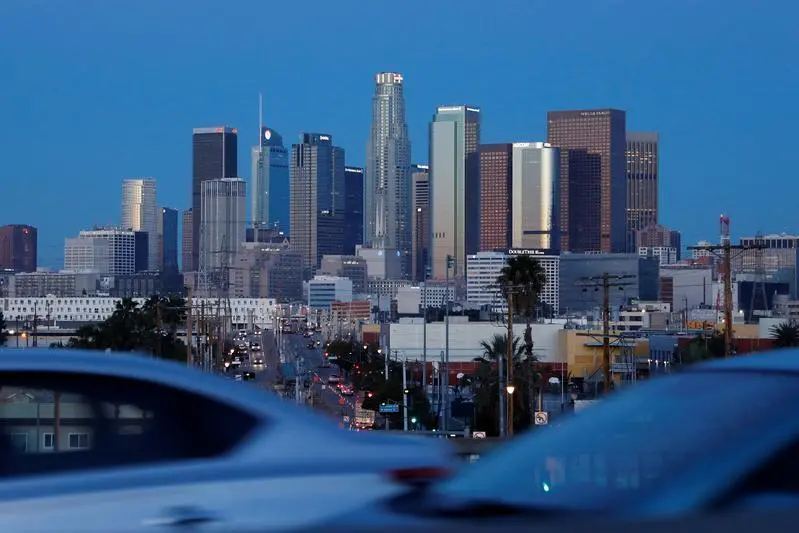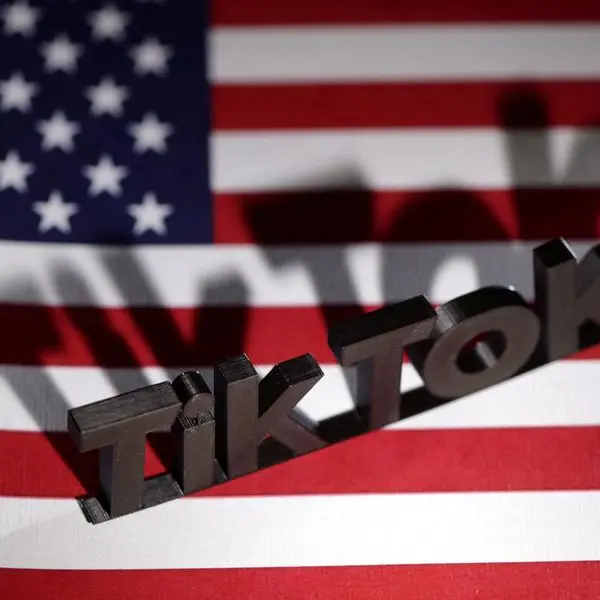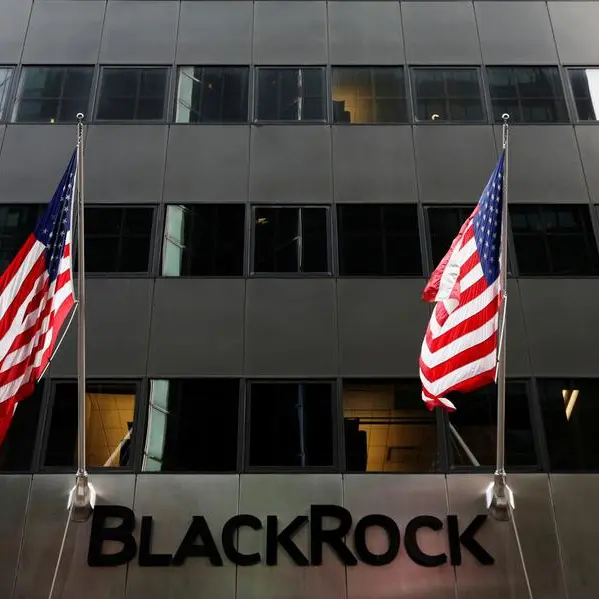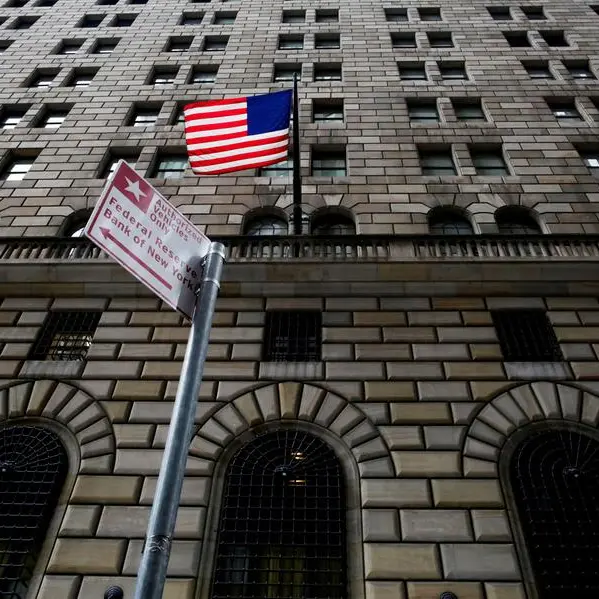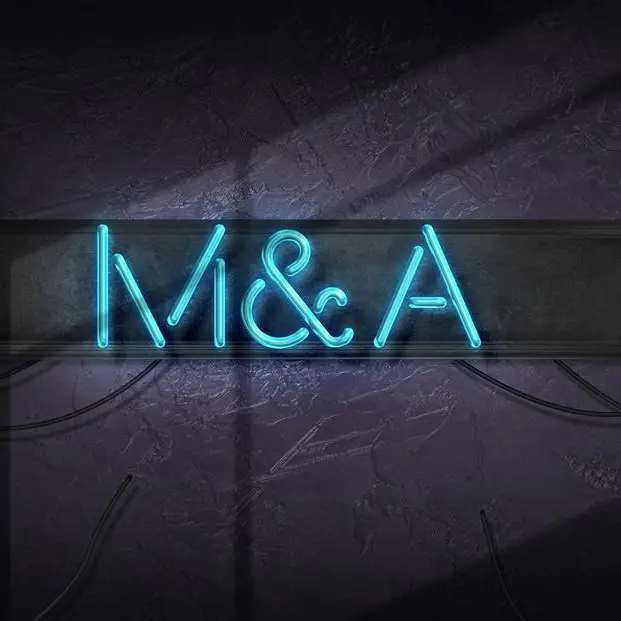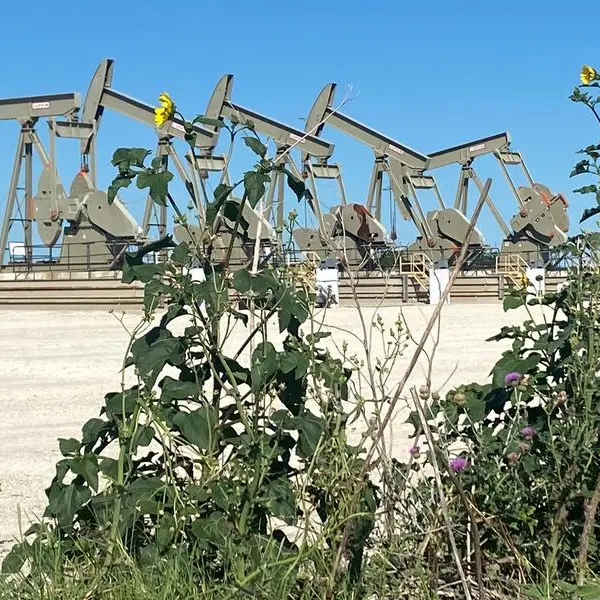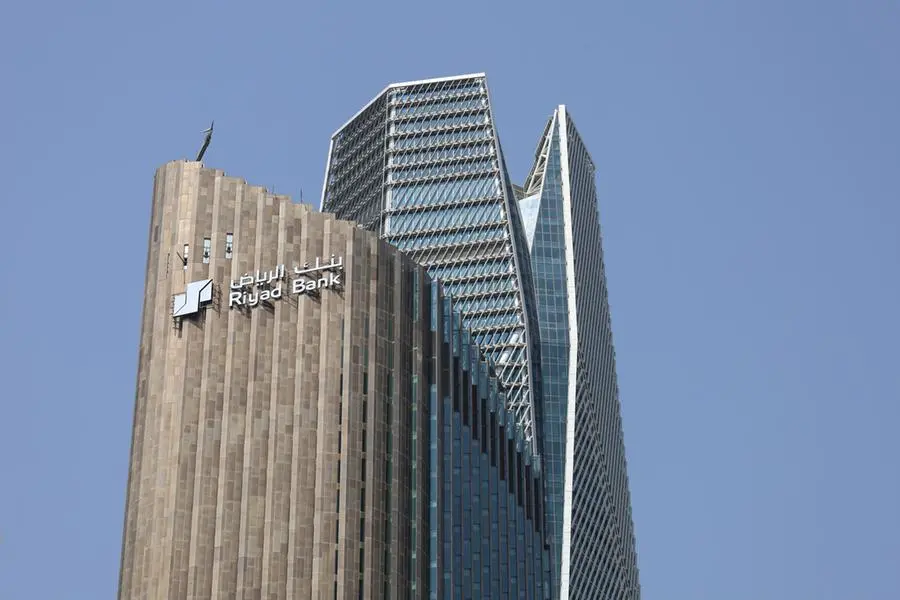PHOTO
The number of Americans filing new applications for unemployment benefits fell more than expected last week, calming fears the labor market was unraveling and reinforcing that a gradual softening remains intact.
Initial claims for state unemployment benefits fell 17,000 to a seasonally adjusted 233,000 for the week ended Aug. 3, the Labor Department said on Thursday, the largest drop in about 11 months. Economists polled by Reuters had forecast 240,000 claims for the latest week.
It was a welcome reversal after last week's surprise sharp jump in jobless claims, and most likely reflects a fading in the impact from temporary motor vehicle plant shutdowns and Hurricane Beryl. The prior week was revised up slightly to 250,000 from the previously reported 249,000 tally.
S&P futures rose about 0.7% following the release, while benchmark Treasury yields rose back above 4%. The U.S. dollar also strengthened against a basket of currencies.
"The talk of an imminent recession seems wide of the mark," said Marc Chandler, chief market strategist at Bannockburn Global Forex.
Investors in interest rate futures contracts pared bets the Federal Reserve will start cutting borrowing costs next month with a bigger-than-usual 50-basis-point reduction to about a 60% probability from 70% before the release.
Claims have been on a roughly upward trend since June, with part of the rise blamed on volatility related to the motor vehicle plant shutdowns for retooling and disruptions caused by Hurricane Beryl in Texas. Unadjusted claims dropped 13,589 to 203,054 last week.
Claims fell sharply in Michigan and Missouri, states with a heavy presence of motor vehicle assembly plants which saw claims rise the prior week. Auto makers typically idle assembly lines in July to retool for new models, but the schedules are different for every manufacturer.
Over the past few weeks overall claims have been hovering near the high end of the range this year, but layoffs remain generally low. Government data last week showed the layoffs rate in June was the lowest in more than two years. The slowdown in the labor market is being driven by less aggressive hiring as the Fed's interest rate hikes in 2022 and 2023 dampen demand.
The U.S. central bank last week kept its benchmark overnight interest rate in the 5.25%-5.50% range, where it has been since last July, but policymakers signaled their intent to reduce borrowing costs at their next policy meeting in September.
However, the government's monthly nonfarm payrolls report last Friday showed job gains slowed markedly in July and the unemployment rate rose to 4.3%, raising fears in markets at that point that the labor market may be deteriorating at a pace that would call for strong action from the Fed.
The number of people receiving benefits after an initial week of aid, a proxy for hiring, increased 6,000 to a seasonally adjusted 1.875 million during the week ending July 27, the claims report showed, continuing an upward trend.
(Reporting by Lindsay Dunsmuir; Additional reporting by Hannah Lang; Editing by Paul Simao and Andrea Ricci)
